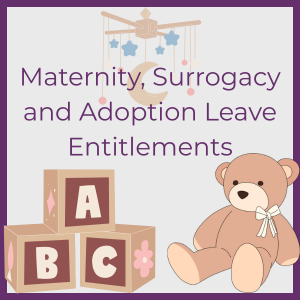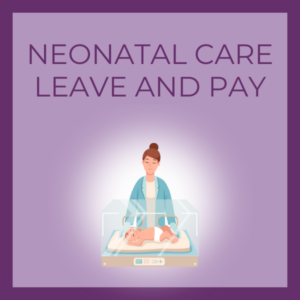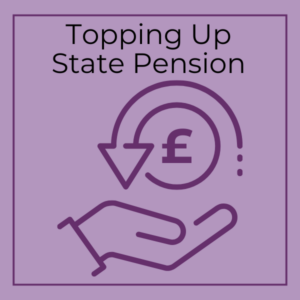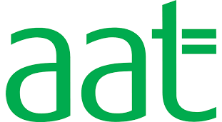In the last quarter, AMR have had some changes in our payroll team. Sadly, we have said goodbye to Emma Rogers. But we are also so excited to welcome Kim to our payroll department.
HMRC PENALTIES REFORM
The new points based penalties take effect from the first VAT return period starting on or after 1 April 2022. It has been designed to provide a common approach for VAT and Income Tax Self Assessment (ITSA) as far as late payment penalties go with points accruing separately for VAT and ITSA.
Points for late submissions:
HMRC will allocate 1 point per late submission. The penalty threshold depends on the submission frequency:
- Annual = 2 points
- Quarterly = 4 points
- Monthly = 5 points
Once the threshold has been reached then a fixed penalty amount of 200 pounds will be issued for every missed submission.
Points will be reset back to zero if the following 2 conditions have been met:
- A period of compliance has been met based on submission frequency, i.e. no late submissions within 24 months for annual returns; 12 months for quarterly returns and 6 months for monthly returns.
- All submissions have been submitted for the preceding 24 months.
If the above 2 conditions are not met to reset all points to zero, as long as you have not met the threshold each individual point will expire after 24 months.
Penalties for late payments:
- 0 to 15 days after the payment due date – no penalty payable
- 16 to 29 days – penalty calculated at 2% of outstanding amount at day 15, and so forth.
- After 31 days – penalty calculated at a daily rate of 4% on APR for duration of outstanding balance.
You can have a 200 pounds late submission penalty and a late payment penalty for the same submission.
HMRC CHANGES FOR CUSTOMERS WHO PAY VAT BY DIRECT DEBIT
What’s changing?
HMRC are currently undergoing work on the transformation of VAT services which will involve migrating customers to a new IT platform. This impacts customers with an existing direct debit.
UK banking regulations require HMRC to hold a valid contact point for customers using direct debit. This is so they can notify them in advance of the date direct debits will be taken from their account and the amount. This means any customers who wish to continue paying their VAT by direct debit will need to supply their (not their agent’s) email address prior to their account being migrated to the new platform.
If a customer doesn’t supply an email address, HMRC will cancel their direct debit and the customer will need to pay their VAT via an alternative method.
How does this affect you?
If HMRC don’t have an email address for you before they move your account to the new system, they will cancel your direct debit. HMRC started moving these accounts in July 2021 and hope to finish the work by September 2021.
Businesses should have received a letter from HMRC in May advising of this change.
What do I need to do?
If you want to continue to pay your VAT by direct debit, log into your Government Gateway or Business Tax account and enter your email address as soon as possible.
If you don’t do this in time don’t worry, once your account has been moved, when you next log into your Government Gateway or Business Tax account you’ll be automatically prompted to set up a new direct debit and provide a contact email address.
THE END OF THE JOB RETENTION SCHEME
Furlough was introduced in the first lockdown of 2020 following the financial struggles of thousands of companies.
Employers were given the option to furlough their staff instead of making them redundant, with the Government paying a certain amount of an employee’s pre-tax salary per month when a company doesn’t have enough work or money coming in to keep the workforce as it is.
While the scheme, officially known as the Coronavirus Job Retention Scheme (CJRS), was only meant to run for the first lockdown, it has since been extended several times – a necessary additional help for businesses.
When will furlough end and how has it changed?
The furlough scheme will end on Thursday 30 September 2021.
Changes have already been implemented with the way it works and, currently, the Government is now paying 60% – rather than the initial 80% – of employee salaries. Employers must pay the remaining 20% in order for furloughed staff to continue receiving the same monthly wages. However, the cap of 2,500 pounds stays in place until the scheme ends.
As the country opens back up, unemployment rates are reportedly dropping, along with the number of people on the furlough scheme. At the end of July, it was estimated that somewhere between 1.1 and 1.6 million workers remained on the scheme, compared to 5.1 million in January.
As always, our team are here to assist you with these changes, and if you have any queries, then please don’t hesitate to contact us.
The AMR Team







